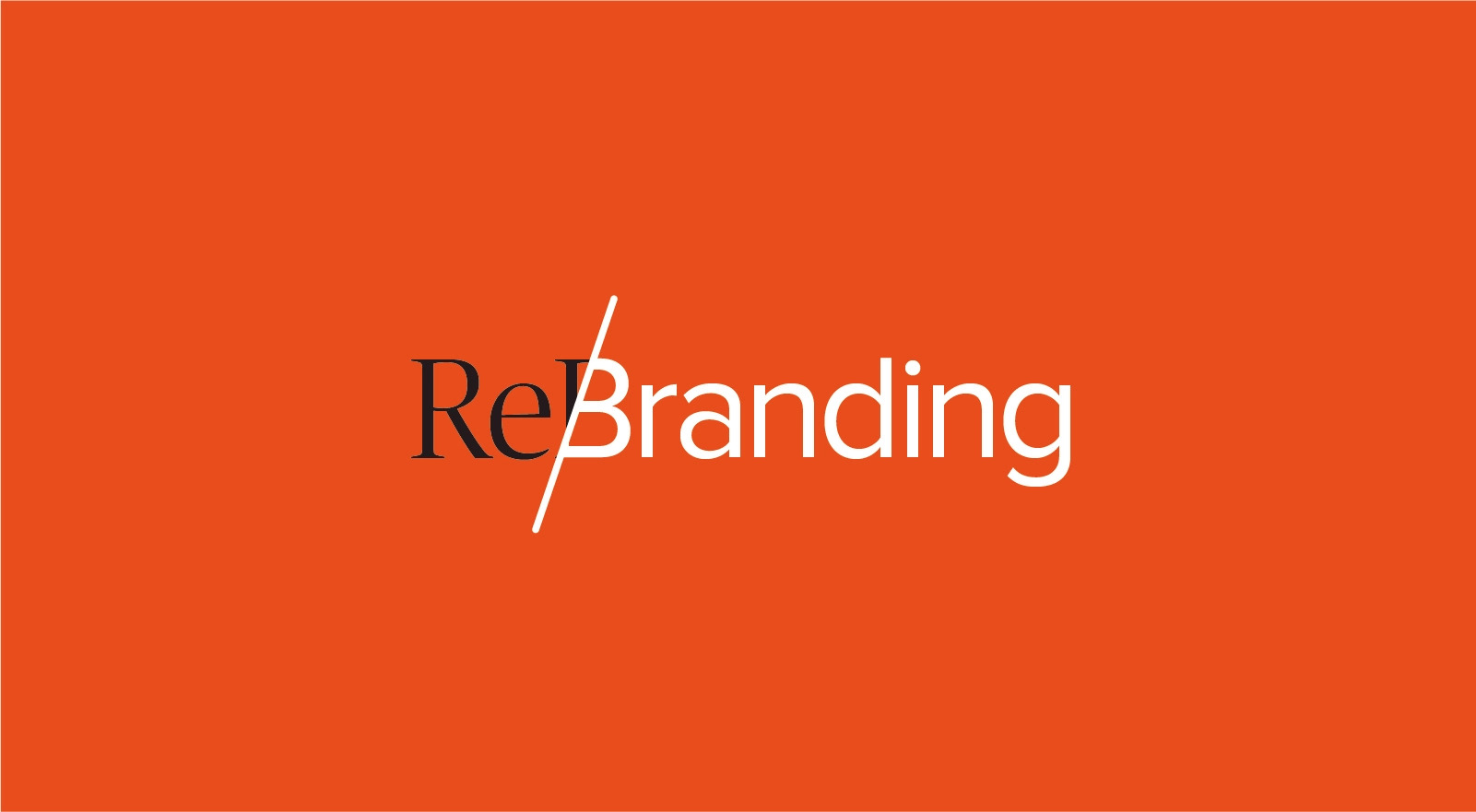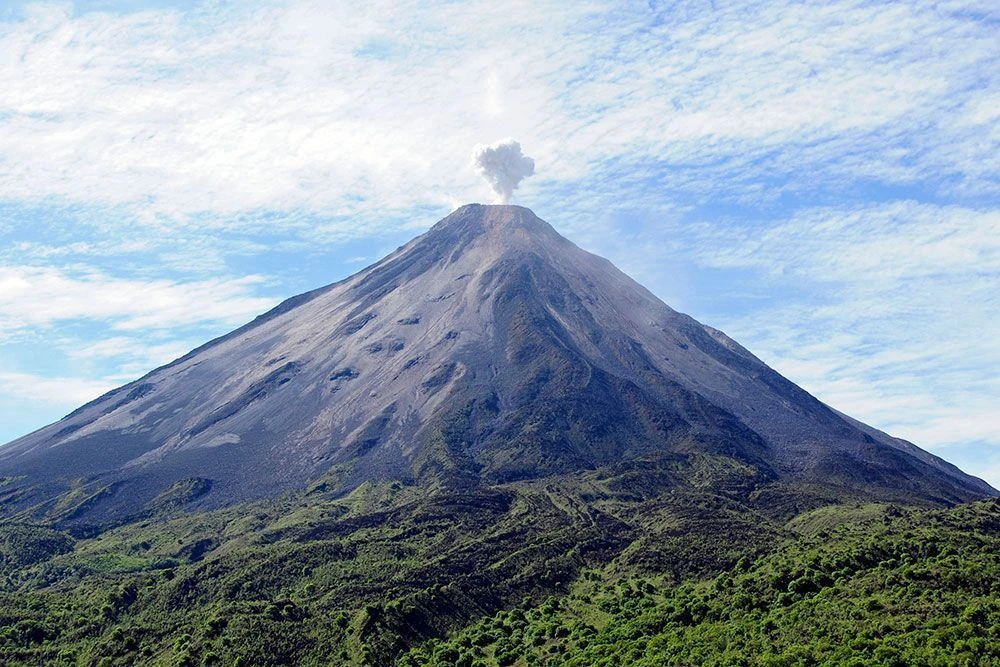When the COVID-19 epidemic first hit the world, then Vietnam, in early 2020, I published the first two articles for “The New Normality of Marketing and Business.” The first focused on some novel concepts and definitions of amphibiousness, which refers to how natural animals can adapt to changes in their living environment and continue to thrive. The second piece was written three months later, when my city, Ho Chi Minh City, was heavily immersed in the chaos of social distance, lockdown, and escalating COVID-19 cases from April 2021 to the end of 2021.
My group of companies was clearly affected in some way. Wisdom Agency had a few contracts canceled, most of which were tied to a certain level of offline operations; others were simply due to the client’s supply chain being disrupted. Nonetheless, we recognized this and followed them until the end of the arduous voyage. Mai Linh and its subsidiary Mai Linh Media are more seriously impacted because there is no mobility when the company is under lockdown. As a result, Mai Linh Media – the subsidiary I manage – has shrunk to a third of its initial size.
From the beginning of 2022 till now, I’ve been reflecting on the difficult road I have been on for the past two years. For the time being, everyone is focused on the year 2022, the scenario in which it may find itself, how much promise this year may hold, and how businesses should prepare for it. Whether it’ll be a full re-bounce of the pent-up demand from the previous two years, or another year of uncertainty and playing it safe due to the worry of the next COVID-19 variation becoming even more contagious than Omicron.
I believe the first scenario is more plausible for a variety of reasons. To begin, while the Omicron issue persists globally, it is significantly more manageable in Vietnam. Citizens over the age of 18 received 99 percent vaccination with the first dosage, and 90 percent with the second dose. Second, scientists believe that Omicron heralds the end of the pandemic due to its rapid dissemination and mild symptoms. According to the WHO, Omicron will infect 50% of the population in Europe before rapidly declining due to a lack of people without antibodies to support this tidal wave. Additionally, the subsequent variety is less likely to be more severe since the virus adapts to its hosts rather than killing them, and it has been documented throughout history that viruses and pandemics fade out in their final phases of development. For all of these reasons, I am confident that Vietnam’s position resembles a new normality more than the rest of the globe, owing to the Vietnamese’s greater compliance with mass vaccination policies, which resulted in a speedier recovery.
At the time of this writing, we are approaching the end of the first quarter this year 2022, and my group of companies has been busier than ever with fresh requests from old and new clients, preventing me from completing this piece of thought. Of course, some may argue that geopolitical instability and the current conflict between Russia and Ukraine do not signify anything positive, but I believe the pause will only be temporary, and the economy will eventually rebound as observed from below examples. What we need to do now is to ask these seven consequential questions.
Question #1: What Are the Patterns of Recovery Observed in Nature?
Throughout men’s lengthy history, there have been numerous circles of adjustment and re-starting, similar to Covid, beginning with the extinction of dinosaurs, which paved the way for small species such as mammals, including humans, to rule the Earth. When such catastrophes occur in the economy, we may watch the destruction-creation cycle and prepare for the new normal following the crisis. Due to their smaller size and lower food consumption, the new species were far more sustainable and adaptable to situations of food scarcity.
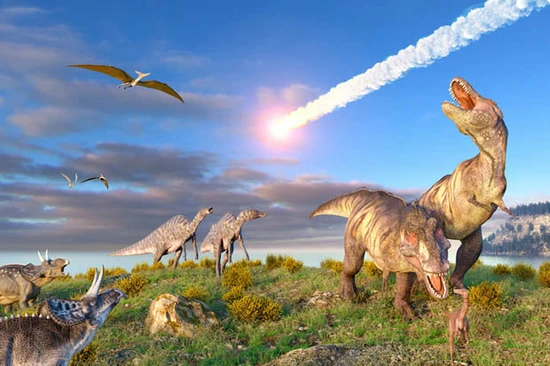
As nature is in the perfect balance for its ecosystem, natural destructions are usually just one side of the flip coin which soon will be followed by the corresponding creation. When a tree falls, it gives back nutrients in the form of the humus for plants to grow on or the forest floor insects to feed on. Even destructive occurrence such volcano eruptions also give way for life after that. Science has found that the volcanic rock named “pumice” formed after eruption is ideal for plant growth and thus give way to the bounce-back of flora and fauna in nearby area of the volcanoes.
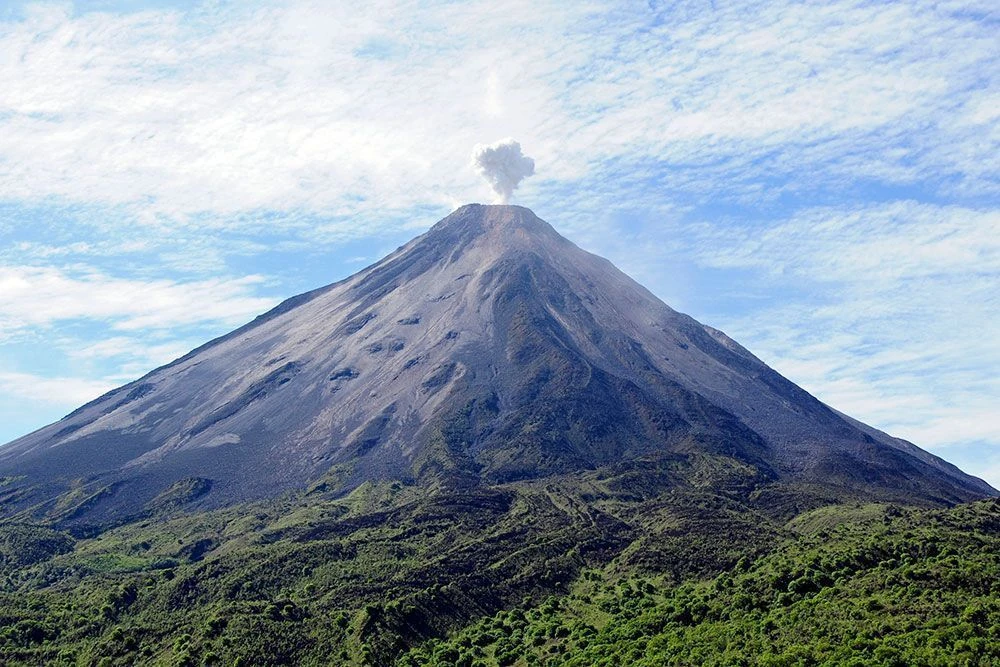
I believe that humanity have always been motivated by the idea of creative devastation in nature in their arts and culture. We used it into our music, films, and narrative. The phoenix rising from the ashes, the nature that springs from Godzilla’s shed blood thousands of years after humanity have departed the planet. Interestingly, in a recent solo film titled Planet Hulk of the Marvel, filmmakers Jamie Simone and Sam Liu employed the exact premise of life emerging from the blood poured by the Hulk — the Marvel Universe’s most destructive beast. All of this demonstrates the concept of creative destruction’s pervasiveness in numerous facets of our existence.
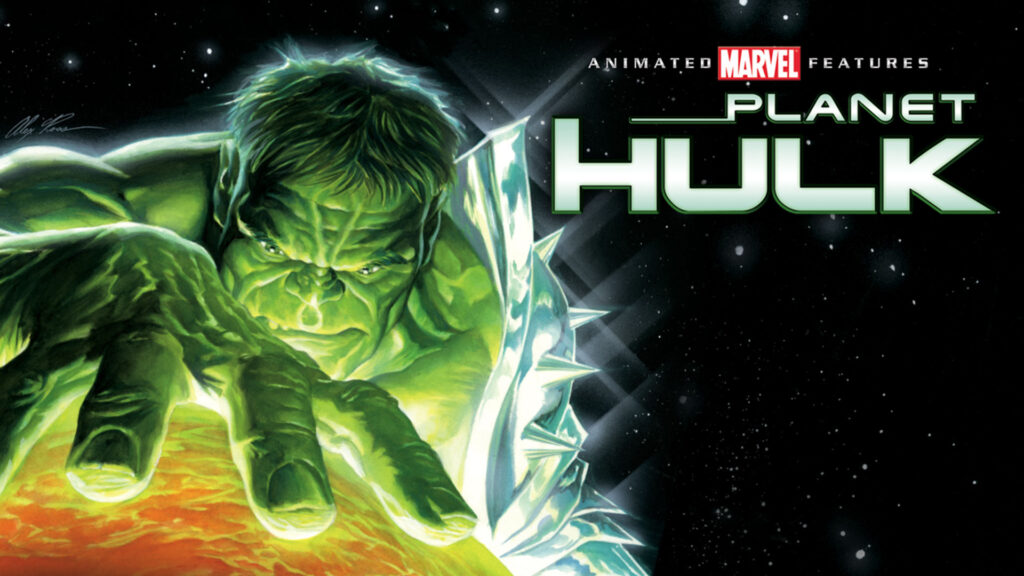
Question #2: What Are Patterns of Recovery Observed in Economy?
The disruption caused by Covid 19 was not novel in economic terms. Throughout human history, numerous instances of the economy being affected by diseases and epidemics, such as the Black Death and the Spanish Flu, have occurred. Indeed, two pandemics in human history have claimed the greatest number of lives: Justinian’s Plague in 540-41 CE and the Black Death in 1347-52 CE. Although the Spanish Flu of 1918-19 CE claimed more lives than the Black Death with 50 to 100 million deaths worldwide, the Black Death had a significantly greater impact on morality rates when compared to the world’s population. As a result, the Black Death pandemic has always been seen as having the greatest economic impact on the world and as a model for what humans may learn about the economic consequences of pandemics in general.
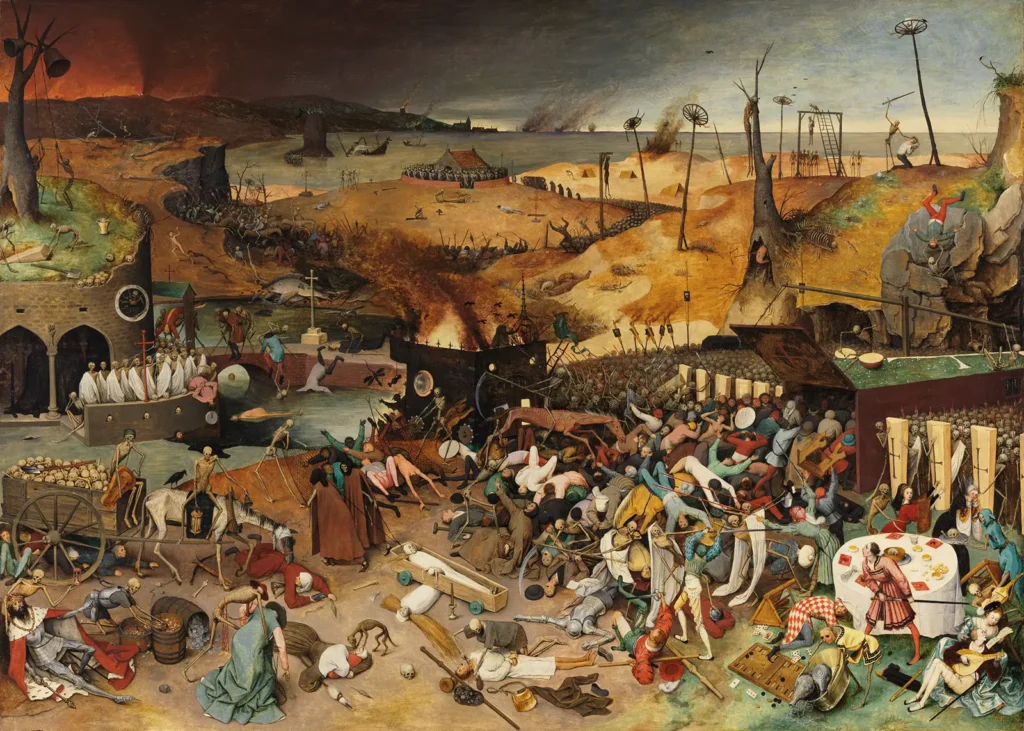
While the economic consequences of the Black Death are undoubtedly detrimental in the immediate term, most narratives about the long-term impact tend to emphasize the good side of the story. Several adjustments that could be made include reorganizing agricultural products for increased productivity, increasing pay in relation to available labor, and agricultural inventions and successes to strengthen economies.
Perhaps it is too subjective to assume that the economic implications of the Black Death exemplify all the effects of pandemics on a wide scale. While much more scholarly attention is required, it appears that the history of plagues has confirmed the possibility of large-scale pandemics producing long-term economic benefits.
Question #3: What is The Expectation of Economic Recovery Post-Covid19-Pandemic?
Throughout the COVID-19 pandemic, widespread anxiety of the near future has persisted. As the coronavirus suffocated all economies with painful economic contractions and a looming future, pessimism has obliterated our attitude and ability to make accurate predictions about the future. Indeed, systemic anxieties were amplified by popular anticipation of a new Great Depression, which would likely result in banking system breakdowns and maybe sovereign defaults. Cyclical anxieties have also increased, with unemployment forecast to remain around record levels and home marketing weakened. Nonetheless, the results have been favourable. These patterns of recovery are prevalent around the world, with the exception of China, which continues to adhere to the zero-covid policy.
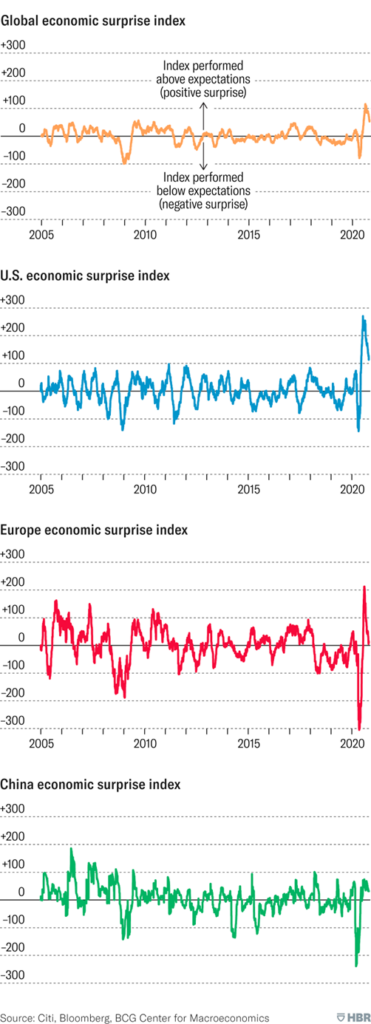
Thus far, I believe that there have been signals, facts, and evidence throughout the world that, while the Covid19 pandemic was a forgotten occurrence in the last two years, it also provided an opportunity for economies and enterprises to recoup, recharge, and relaunch
Question #4: Why Post-Pandemic Period Could Be a Time for Great Recovery
To begin, unlike financial crises, the pandemic did not undermine the economy’s core structure. Often, it is only a delay. Despite its ferocity, the Covid19 lacked the destructive effect experienced in the previous two recessions of 2001 and 2008. In this situation, the economic structure has remained intact, and the fatality toll has not been as high as in prior pandemics. Thanks to pharmaceutical companies’ prompt response and their vaccines. The abrupt restoration of economies immediately following the lifting of lockdowns may place a strain on logistical networks, cause gasoline shortages, and affect a variety of other factors, but these impacts will eventually subside to make space for the full comeback.
Second, global policy reactions to the benefits of employment and business have been encouraging. Fiscal policies have proved their effectiveness and speed, and governments have agreed that the best way to assist firms in regaining their footing as quickly as possible is through financial stimulation.
Thirdly, the workforce has improved their skills and productivity. Prior to the pandemic, the majority of companies and employees were opposed to online meetings and remote work. Owing to the epidemic, they all needed to adjust to the new normal, and as a result, online meetings and remote work have established widespread norms in recent years. Indeed, when workers transition to an online working model, they can save approximately two hours of commute time. As a result, I personally feel that the online working paradigm has contributed to the workforce’s productivity in the aftermath of the epidemic. As of now, the hybrid working environment, in which employees could come to the office for less than five days per week, is extremely widespread throughout the world. To my viewpoint, this hybrid work environment is quite optimal, as it combines the best of both worlds, promoting both the collaborative character of teamwork and the in-depth strategic thinking of individuals.
Naturally, this scenario cannot be extended to all businesses and verticals, and thus we must continue to examine the details of the anticipation and reality following the pandemic. The following statistic from the United States compares expectations to reality for three distinct industries with varying degrees of COVID-19 impact.
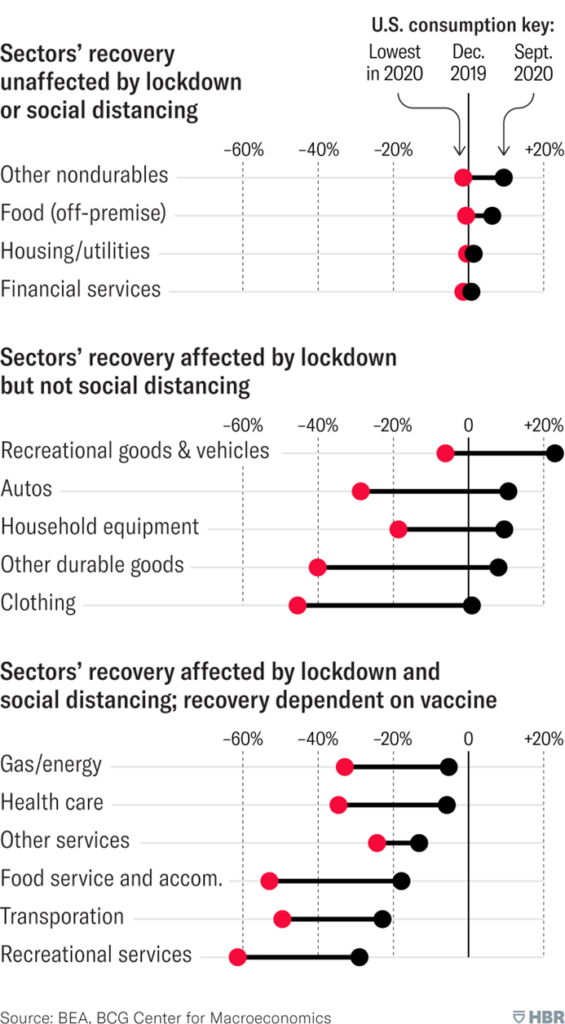
As can be seen, areas unaffected by COVID-19 and those impacted by the lockdown but not by social separation have largely recovered. The final group of industries, primarily service-related, will not fully recover until a safe and efficient vaccination is widely available.
Question #5: What is the situation in Vietnam now?
For enterprises in Vietnam, I believe there are more opportunities than the majority of other nations for a variety of reasons. As indicated previously, the first factor is the public’s tolerance for vaccines, which accelerates the economy’s recovery. As of now, the two major metropolises of Hanoi and Ho Chi Minh City have reached the top of the pandemic scenario and are settling into a new normality in which businesses resume normal operations and people return to work, with youngsters also returning to school. For businesses, Vietnam is one of the few countries that has escaped the brunt of The Great Recession. Around the world, individuals are quitting occupations because they believe there are changes to their value system. As a result, the future of work and workforce will resemble a freelancing system in which people are not tied by their daily work hours or office environment.
Second, the government’s support is quite remarkable, with 350,000 billion VND allocated to small and large firms alike. For the firms themselves, they likely should have learnt how to function and manage more successfully after the pandemic, and they should have scaled back their operations to a more efficient condition. Just like with the body at the end of the detox phase, some beneficial cells may have been eliminated as well. However, the body is lighter and more adaptable to the current trend of government backing and the market’s opportunistic condition. This detox approach is the art of adaptability through Articles 1 and 2, which enables businesses to maintain healthy cells and eliminate unhealthy ones.
In conclusion, I believe that the post-pandemic environment in Vietnam is quite favourable for enterprises to recover and recoup their losses during the last two years.
Question #6: What should businesses in Vietnam do at this stage?
I believe the question was more urgent at the start of this year, immediately following the Lunar New Year, but as we are near the end of the first quarter, I am more confident in concluding that the time is right and what we should do for the remainder of the year, particularly the approaching quarter. Strategically, there are ten original warfare methods from which we may pick, but simply put, there are two types of strategies from a grand level: defence strategies versus attack strategies.
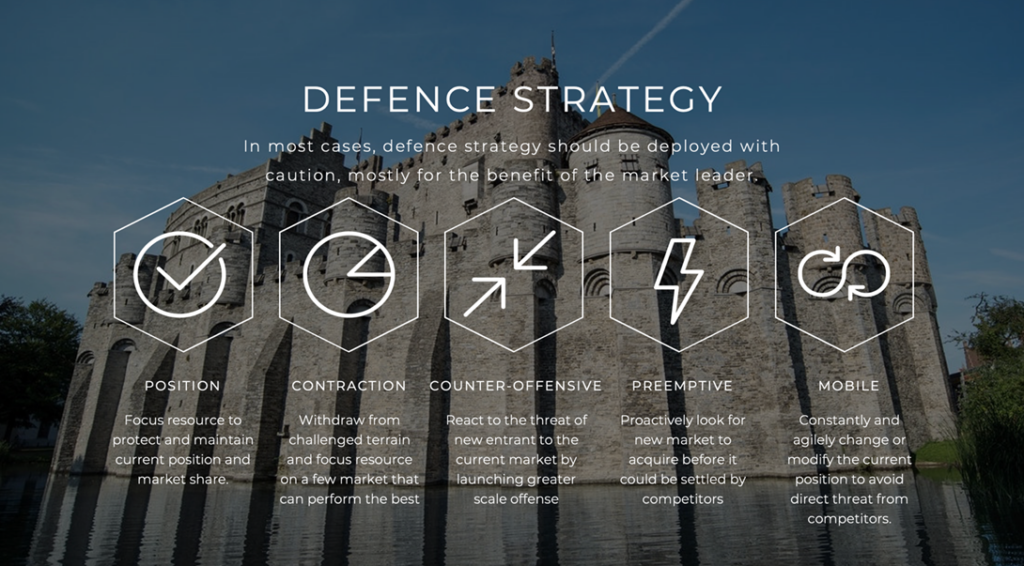
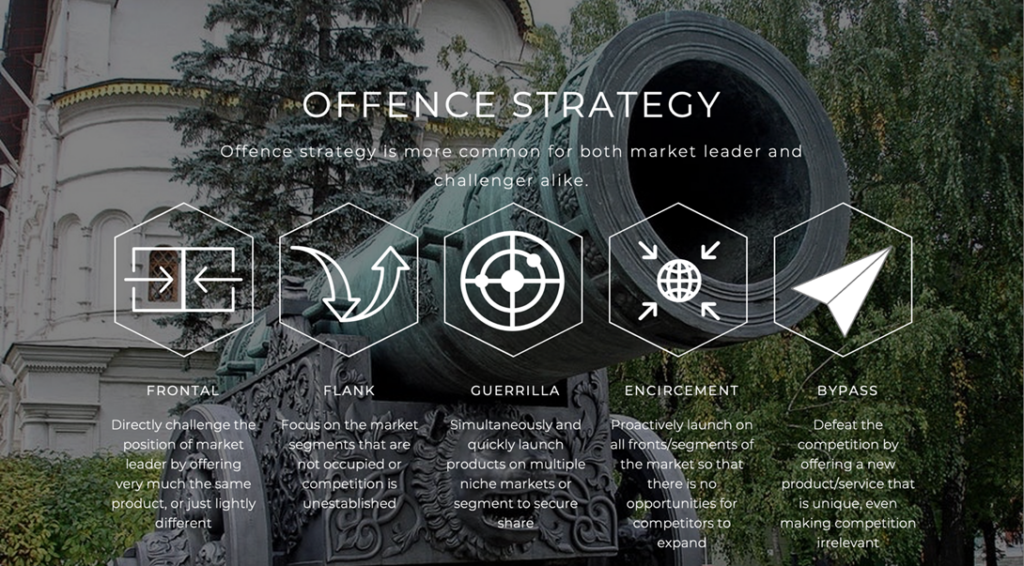
To my mind, no one should choose a defensive strategy in a golden time like this; rather, we should consider how to attack, how to deploy quickly, and how to seize the market opportunities reserved for the swift. Thus, we should shift from a defensive to an offensive stance. Over the last two years, we have probably done enough defending as we had to scale back the business, lay off employees, and still be prudent with spending to ensure that we could pay our employees timely. However, now the situation is different; we are allowed to adventure because opportunity exists, and for me personally, I have seen the wave of growth returning from various route
Another interesting question is whether we should play it safe. After two years of endurance, it’s very likely that businesses are not left with ample resources, but rather sustained some damage. For example, in Ho Chi Minh City, Vietnam, over 100,000 businesses have closed or been suspended, and it’s true that during the process of elimination, only the efficient and sustainable businesses remain. In summary, offensive strategies are more likely to succeed than defensive strategies. What remains are the technical details of how to do it effectively.
Question #7: What should businesses in Vietnam do at this stage?
One of the tools that I particularly enjoy using when analysing business case studies is Balanced Scorecards (BSC), and in this instance, I’d like to include these performance scorecards as well so that we can see how to evaluate business performance in practice.
The components of BSC as we may know from Part 2 are as follows:
- Financial
- Internal Business Process
- Customer
- Learning and Growth
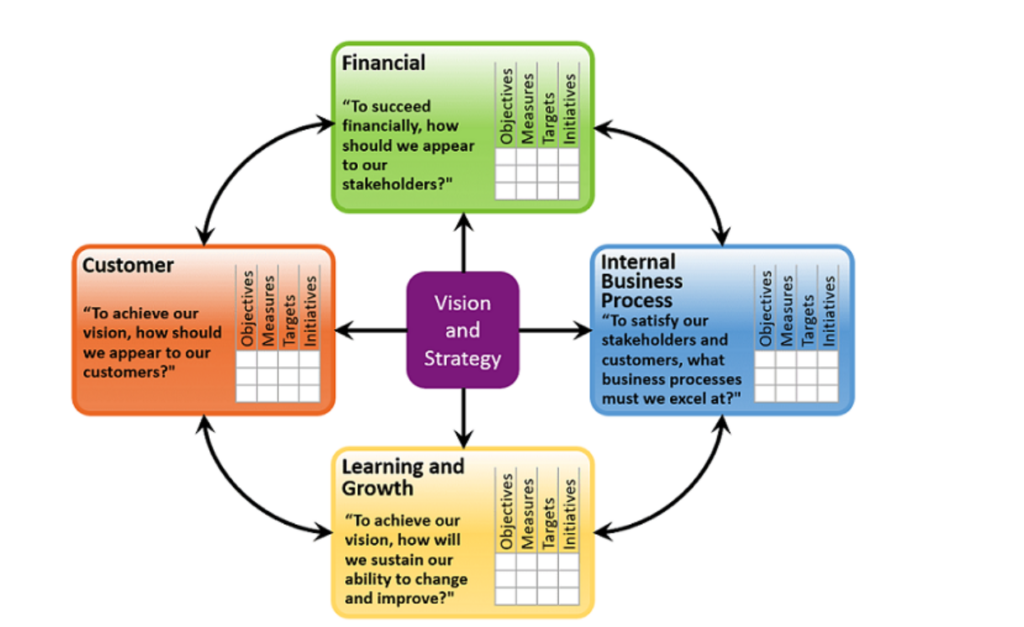
Vision and Strategy
In Part 2, we discussed why vision and strategy must evolve in response to the Covid pandemic’s impact on customer behaviour and value systems. Following a pandemic, the strategy shifts from defence to offense, owing to the abundance of opportunity, and the vision should be updated to reflect the new social and community changes affecting customer behaviour and procurement habits.
Globally, a new wave of social capitalism is sweeping the world. As we all know, interdependence and humanity’s common good are based on the collective actions of countries, businesses, and individuals. As a result, businesses are rethinking their governance and business management models to prioritize corporate social responsibility and employee well-being as part of the vision modification. Businesses and their priorities in the future will be more concerned with community service and sustainability than with profit alone.
As a member of the Landor & Fitch network representing Vietnam, I’ve noticed that businesses and brands are evolving their visions to meaningfully incorporate community- and human-centric elements. When normalcy returns, banks envision themselves as a supporter of SMBs. Companies that were previously focused on finance or market have shifted their business models to prioritize their employees, as the pandemic has forced them to recognize the value of unity, employee support, and the workforce’s contribution to the companies’ financial success. Amazon is a brilliant example of how they transform their workplaces to incorporate nature, with their headquarters shaped like three greenhouse spheres that house over 5,000 tropical lands complete with open space and an artificial waterfall. This demonstrates that the future of work will be inextricably linked to personal wellbeing and nature, as we rely on nature to nurture our souls and increase our productivity.
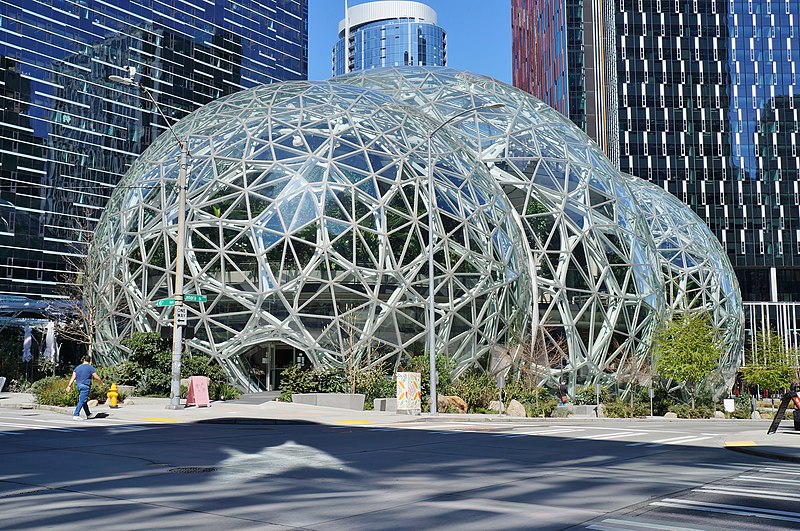
My company, Wisdom Agency, recently revised its vision and mission to position itself as a strategic partner for domestic businesses in Vietnam as they seek to and integrate into the global market – the trend that is recently accelerated by covid, lockdowns and virtual working familiarisation. Wisdom Agency is no longer a marketing firm, but we prefer to be known as a firm that sells competitiveness based on an in-depth understanding of strategy and operational precision. Thus, the company’s range of services has been expanded to include team training and quality control, as we recognize that planning is only a portion of the journey to materialise the strategy.
Market and Customers
To keep pace with the new strategy and vision, majority of the business will typically require a new value proposition for product marketing and communications. That is probably why I have seen an increase in branding requests immediately following the end of the pandemic in Vietnam. As for Wisdom Agency, we’ve been extremely busy over the last three months with requests from clients in a variety of industries, including banking and real estate, to name a few, as they have additional reasons to be ambitious during this time period.The significant investment in new brand branding signals the economy’s new beginning as it recovers and rebounds, and the direction of changes also reflects what is known about the strategy envisioned by those companies. The real estate industry wishes to promote the importance of familial bonds and self-discovery. The banks’ desire to digitize and become younger in order to appeal to the younger generation considers how these young generations would raise up and take over the economy’s purchasing power is and drive future growth. Another example is fashion and lifestyle brands that have rebranded to be more sustainable, citing the introduction of new recyclable and environmentally friendly materials.
For instance, the International Union for Conservation of Nature recently launched a new campaign to rally humanity to “Keep Nature Standing” in order to avert a domino effect of human-caused destruction.

To summarise, a shift in value proposition is necessary post-pandemic in order to avoid falling behind when all companies and brands that adhered to the Articles 2’s principle and guidelines during the pandemic have accelerated their recovery process in order to quickly recoup their losses and gain long-term market advantages.
Process and Infrastructure
Following the pandemic, people became aware of previously unnoticed problems in the current system that they are in, bureaucratic procedure that lags efficiency, overworking, discrimination, and confinement to small places. As a result, we now recognise that these issues require increased attention and immediate attention in order to ensure the workforce’s efficiency and employees’ quality of life.In terms of processes, there are two trends that are desired by both large and small businesses: increased technology integration and lean operations. We are all aware of the speed with which digital transformation, e-commerce, and online shopping are advancing. The new model of business in this post-pandemic era would be more agile in order to deal with the future’s uncertainty and foreseeable abruptions. This capability can only be realised through the continuous infusion of new technology and the establishment of a new structure that is open, integrated, and tolerant of failure to encourage innovation. For example, there has been a boom in Vietnam in terms of enterprise automation, particularly for small and medium-sized businesses (SMBs), with big names such as FPT, FSI, and others entering the market. Furthermore, SMBs are already migrating their infrastructure to the cloud, as this configuration enables them to be more flexible in terms of scaling up or down while remaining technologically competitive. As a result, they will no longer be bothered by these technical issues and can concentrate their resources on their core subjects such as market, strategy or product development.
In terms of infrastructure, I believe that an open space with few partitions and a strong connection to nature is highly valued. Thus, biophilic design will likely be the future of the workplace and office for the foreseeable future, as it encourages people to connect with nature in order to be healthier and more productive. Biophilia is ingrained in our nature as a species of the genus Homo (Home sapiens), which is closely related to chimps and orangutans. Interestingly, many of our habits are shaped by our ancestors’ inherited habits, and part of that is being close to nature, close to a tree, in order to feel safe and part of the community in order to feel protected from carnivores. Thus, biophilic design is critical for the well-being of people following a pandemic, and it should be incorporated into every aspect of the corporate working environment.

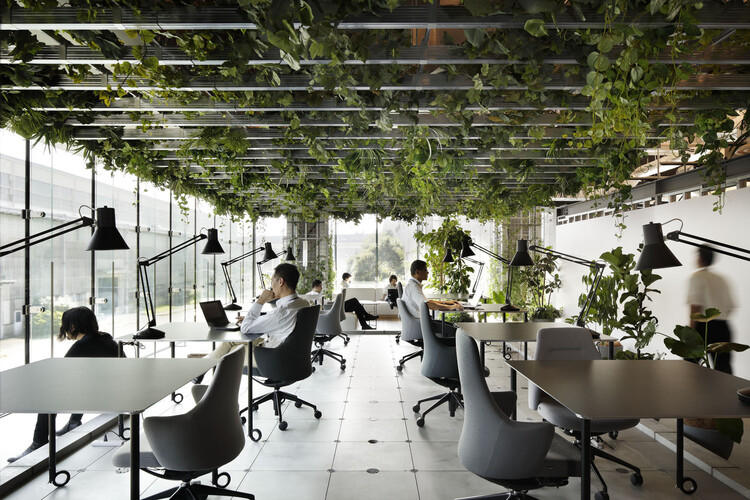
The above mentioned Amazon Spheres could also be an expounding example but besides that there are many good example around the world which the architects apply this principle into not only offices but also houses, schools hospitals and especially airports as we can see in Singapore.
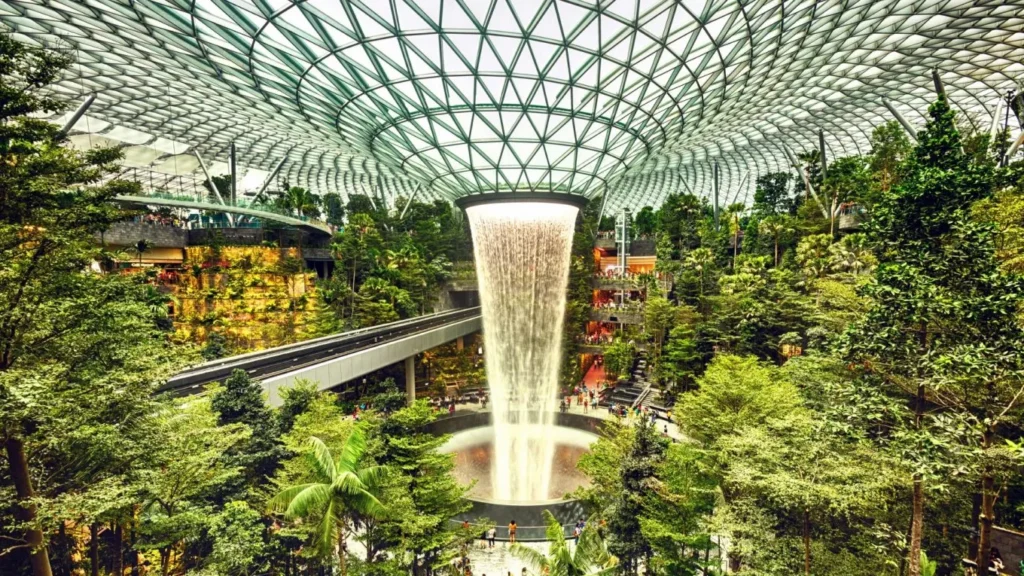
For Wisdom Agency, we also plan to remove all the cubicles and closed spaces in our office. The new office design is in process and when completed our three-storey headquarter would have the greenery in all balconies and a floor would look somewhat like this.

Learning and GrowthAfter we have created an amazing work environment, the next thing we need to focus on is encouraging employees to learn and grow with the company. We already know that there is a need for people to work from home following the pandemic, as this would reduce commute time and increase productivity. As a result, an amphibious or hybrid work environment is strongly recommended, as remote work has become the new norm.
Additionally, we can see how the flexible work environment has made it much easier for businesses to benefit from the untapped freelance talent pool, as they are no longer constrained by tenured employees. Thus, flexible human resource management (F-HRM) is the new trend. However, at the strategic and, preferably, operational levels of the business, talent management continues to be critical, as it is at the heart of the enterprise. The management team is tasked with reskilling and upskilling this workforce.
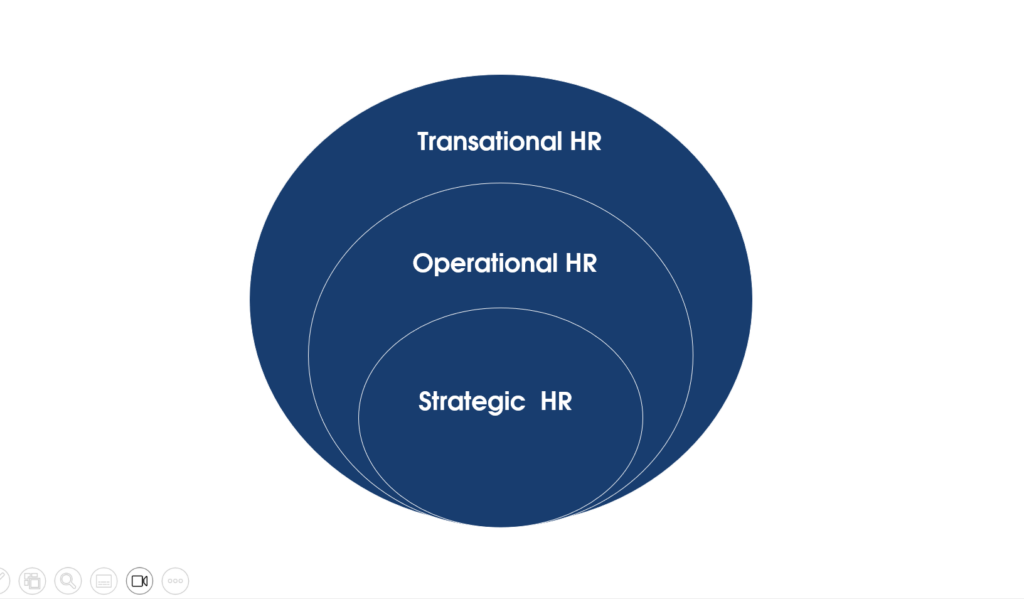
Coming to the post-pandemic future, people have only recently realized how uncertain this time of VUCA (volatility, uncertainty, complexity and ambiguity) could be if their work ceased to exist and people struggled to make ends meet. From pilot to deliveryman, taxi driver to emergency rescuer, we all had to stretch beyond our comfort zones in order to survive and then contribute to the global effort against the problem. This experience demonstrates the workforce’s proclivity to transition from specialist to generalist. A recent Harvard study confirmed this shift and the future demand for workers with a T-shaped skill set. A person with a T-shaped skill set is expected to be an expert in a particular field with broad knowledge of numerous related fields. Such a person is more capable of being rotated within the organization during periods of stability in order to bring a new perspective to old work, and during periods of disruption in order to provide timely replacement. Such a skill set and capability have been demonstrated to be extremely valuable during this pandemic.
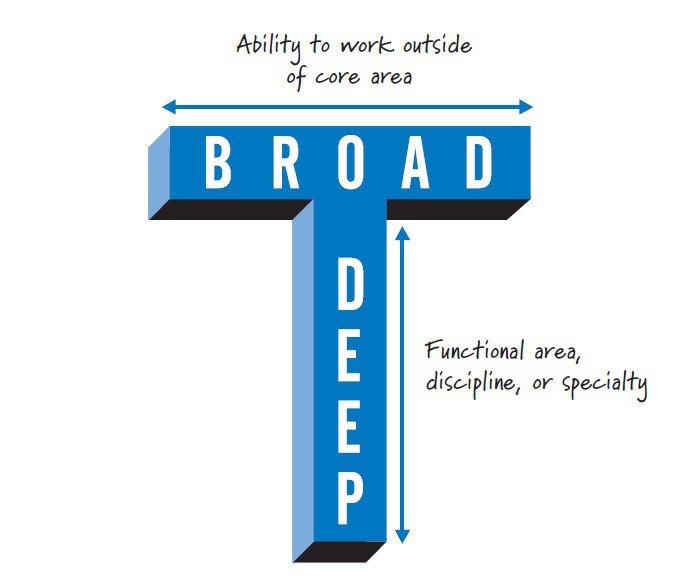
Finally, I believe that mentioning diversity and inclusion is critical in this category, as a healthy mix of people from diverse backgrounds and cultures provides the organization with a balance of voices, opinions, skills, and, of course, creativity and innovation. Executives frequently mislabel diversity as a threat to their organizations’ solidarity and thus generate unnecessary resistance to diversity in order to maintain their sense of solidarity. However, this practice is antithetical to the future trend, as it will effectively eliminate businesses from the competitive landscape. In an ideal situation, a gradual transition from solid and homogeneous teams to more diverse and inclusive ones would enable a company to adapt to the new situation, where the new working environment and teamwork would enable greater innovation, which would help the company remain competitive. To my mind, to be resistant to this trend is very much like suicidal.

Financial
Finally, and perhaps most importantly, is the company’s financial resources to fuel such changes. As I stated in Part 2 of this series, I advocated for fiscal prudence during the pandemic, but confidently propose the polarly opposite solution once it is over. After all, if a company emerges from the pandemic with severe damage and a near-death situation, there is little that can be done. However, if that company has followed the guidelines in Part 2, there is a chance that the organization retains vitality. Another possibility is for businesses to explore organizational changes such as reorganization, asset liquidation, or acquisition and merger. The M&A strategy may be somewhat risky if the marriage is unsuccessful, and no synergy is created in the end. Occasionally, combining two weak businesses does not necessarily result in a stronger one, but rather accelerates the process of doom.
Question #8: What is Next?
This concludes Part 3 of the New Normality Series and, most likely, the entire series. There may be additional follow-ups in which I can provide updates on the status of my businesses and clients as I apply these principles in my management and consulting work. It would, I believe, contribute to the credibility of my observations and hypotheses throughout this series.
Thus far, I hope you have been convinced by my methodology, as I continue to believe that in order to understand people, the economy, and how businesses operate, we can look deeply into nature and similar subjects or matters in order to extract universal principles and apply them back to the economy and businesses. After all, we are human, and while we have seen significant technological advancements recently, I believe these advancements are only superficial, as the fundamental principles rooted in our human nature will always remain intact. While technology has the ability to alter how people act, react, interact, and connect, it cannot alter who they are or their inherent instincts, the matters that underpin community, economy, and business.
In that sense, I believe that if we have paid enough attention to the nature and applicability of its knowledge, we should be masters of our domain of whatever that domain may be.
Reference:
- https://sciencing.com/plants-animals-around-volcanoes-8259688.html
- https://www.sciencefocus.com/nature/chernobyl-has-the-area-recovered-since-1986s-nuclear-disaster/
- https://www.dw.com/en/our-beautiful-planet-natures-tenacity-after-volcano-eruptions/a-43843795
- https://www.theguardian.com/environment/2021/oct/05/volcanoes-are-life-how-the-ocean-is-enriched-by-eruptions-devastating-on-land
- https://www.nationalgeographic.org/article/ecological-benefits-fire/https://mylandplan.org/content/good-and-bad-forest-fires
- https://www.science.org/content/article/ecosystems-could-once-bounce-back-wildfires-now-they-re-being-wiped-out-good
- https://www.sciencedirect.com/science/article/pii/S0960982215010696
- https://www.investopedia.com/terms/c/creativedestruction.asp
- https://hbr.org/2020/11/why-the-global-economy-is-recovering-faster-than-expected
- https://www.ft.com/content/04987ba4-1ac8-4fd6-b44a-2b83895f6256
- https://www.wsj.com/articles/the-economic-recovery-is-here-rebound-jobs-stock-market-unemployment-biden-aid-package-11622642152
- https://www.centreforcities.org/blog/why-we-should-expect-a-sharp-bounce-back-from-the-covid-19-recession/
- https://www.nytimes.com/2021/09/27/upshot/economy-risk-analysis.html
- https://www.mckinsey.com/industries/public-and-social-sector/our-insights/lessons-from-the-past-on-how-to-revive-the-us-economy-after-covid-19
- https://www.historyandpolicy.org/policy-papers/papers/the-economic-consequences-of-plague-lessons-for-the-age-of-covid-19
- https://www.mckinsey.com/business-functions/marketing-and-sales/our-insights/adapting-customer-experience-in-the-time-of-coronavirus
- https://www.verizon.com/business/small-business-essentials/resources/5-post-pandemic-shopping-trends-7-products-customers-are-buying/
- https://hbr.org/2020/04/supporting-customer-service-through-the-coronavirus-crisis
- https://www.ghd.com/en/perspectives/ten-emerging-trends-shaping-our-new-future.aspx
- https://www.youtube.com/watch?v=yF3HoVPHrXk
- https://petaurumsolutions.co.uk/blog/hr-and-strategy-levels-of-input-and-influence/
- https://www.yourgenome.org/stories/evolution-of-modern-humans
- https://hraffiliates.com/the-three-levels-of-hr/
- https://www.cnbc.com/2020/06/15/harvard-yale-researcher-future-success-is-not-a-specific-skill-its-a-type-of-thinking.html
- https://www.forbes.com/sites/forbesbusinesscouncil/2021/06/03/the-value-of-being-a-generalist/?sh=3dfb9942fc89
- https://thefutureorganization.com/generalists-triumph-over-specialists-future-of-work/
- https://www.forbes.com/sites/biancamillercole/2020/09/15/8-reasons-why-diversity-and-inclusion-are-essential-to-business-success/?sh=594c6d391824
